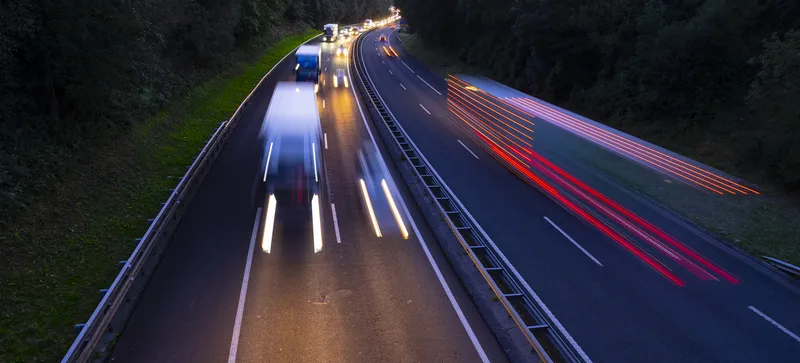LGA’s analysis sets out the impact of the "congestion crunch" on local roads. Findings revealed that there are now 151 vehicles per mile compared to 119 in 2000. Secondly, travel speeds are down with the average speed on local 'A' roads is 25 miles per hour; a 1% decrease from last year. Finally, councils fill potholes every 19 seconds and are dealing with a £12 billion backlog of road repairs that will take ten years to clear.
In addition, the LGA has stated that the government needs to be more ambitious to support councils in keeping traffic moving to handle the increase in vehicles and forecast increase in traffic which will be up to 55% by 2040.
On the run-up to Autumn Budget, the LGA is also calling for the government to fully fund the statutory concessionary bus fares scheme, which councils are currently subsidising at £200 million a year.
The LGA added that councils need to be given control over the Bus Service Operators' Grant to enable them to protect vital bus routes and provide them with the funding they need for an efficient bus service.
Councils urge UK Government to spend rising fuel and motoring tax income on improving local roads
Councils urge UK Government to spend rising fuel and motoring tax income on improving local roads
October 16, 2017
Read time: 2 mins
A total of £418 million extra a year could be spent by councils on improving local roads if the UK government funding mirrored rising income in fuel and motoring taxes, according to an analysis by the Local Government Association (LGA). Council leaders are now calling for the Government to deliver a new strategy to provide a fully-funded plan for the growing number of vehicles on the nation’s roads, which has increased 30% since 2000.










